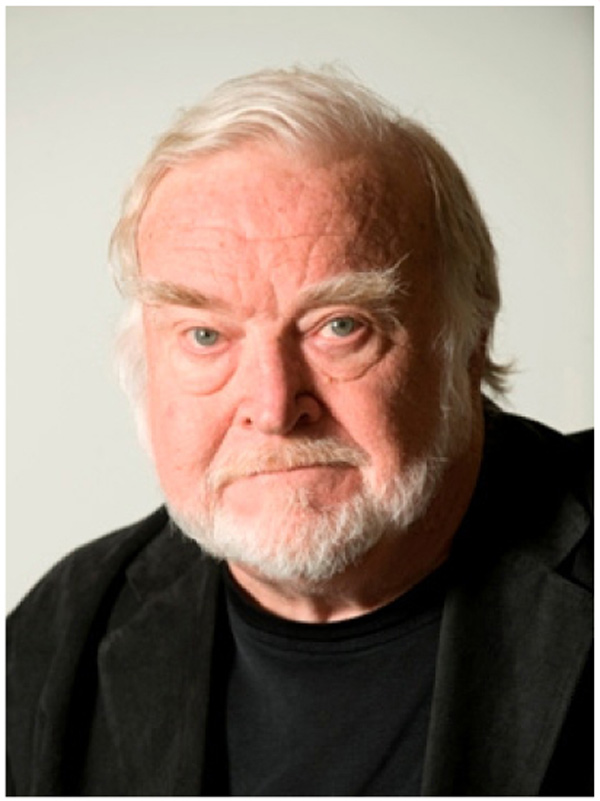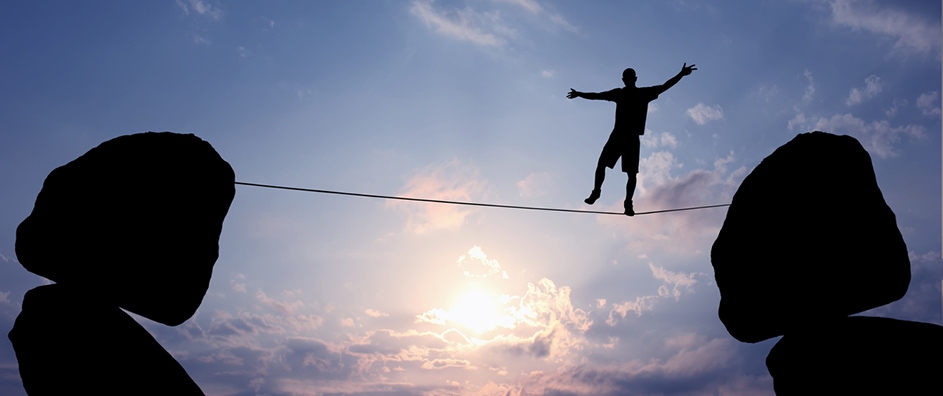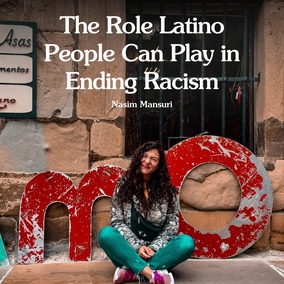The views expressed in our content reflect individual perspectives and do not represent the authoritative views of the Baha'i Faith.
The Baha’i teachings say we have a highly-developed external material world—and ask us to shift more energy and attention to the internal spiritual world.
The Baha’i writings warn us against:
…crass materialism, which lays excessive and ever-increasing emphasis on material well-being, forgetful of those things of the spirit on which alone a sure and stable foundation can be laid for human society. – Shoghi Effendi, Citadel of Faith, p. 125.
When you read the Baha’i writings, you’ll see that they describe materialism as crass, pervasive, cancerous, a devouring flame, and a consuming fire. Since materialism is the excessive focus of energy on the material aspects of our being, we can expect it to result in hyperstimulation of our sensations—the five senses being the capacities associated with the external world of matter, and the capacities we share in common with animals.
This is in fact true. Many people suffer from sensory processing disorders, especially children and those with autism. This video contains an artistic representation of a person suffering from sensory overload. Some young men who have overcome debilitating Asperger’s syndrome discuss the need to address a person’s sensory issues before developing executive function (planning, reasoning, and skills training), using the metaphor that you have to take the soldier out of the war zone before trying to teach him to knit. This begs the question: how has the inner experience of some people, in our interconnected web of humanity, gotten so bad that they experience daily life as traumatic?
Perhaps the rise in autism, at the level of the individual, reflects our over-emphasis on the material outer life and physical sensation. The gendered pattern of this problem can be seen in the fact that men, whose biology directs their attention on outward objects, who often bear responsibility for provision of external material well-being, are four times more likely than women to have autism. Additionally, race, class, and sex prejudices all arise from a focus on the outward characteristics of human beings. Our suffering gives us information about the needs of our time as we encounter problems arising from fixation on material reality and sensation.

Dr. Mihaly Csikszentmihalyi
The capacity to both systemize and empathize implies a balance in the flow of energy as well as a gender balance, where gender is defined as a difference in the direction of the flow of energy. Of course sex is different than gender, since men and women can have masculine or feminine traits. To have the masculine and feminine elements balanced within oneself, some psychological research indicates, correlates with higher creativity. Dr. Mihaly Csikszentmihalyi, who researches gender of the mind, has found a surprising and often overlooked aspect of the creative mindset, a predisposition to psychological androgyny. This may be an implication of the equality of women and men, reflected in balance and health within the individual.
The science of psychology reveals patterns between the flow of energy and mental health, gender, and culture; and much of modern literature reflects on those subjects. In the popular book Zen and the Art of Motorcycle Maintenance, Robert Pirsig shared the insights that emerged from his experience with bipolar disorder. He described two conflicting visions of reality: one he calls classical, the other romantic:
The romantic mode is primarily inspirational, imaginative, creative, and intuitive. Feelings rather than facts predominate… usually associated with femininity… The classical mode, by contrast, proceeds by reason and by laws… it is primarily a masculine mode…
Throughout the book Pirsig describes conflict within himself and with other people that arose from the inability to reconcile these two opposing approaches, one concerned with structure and hierarchy, the other with intuition and feeling. The classical mode enables objective scientific analysis; the romantic mode enables subjective aesthetic experience. He goes on to argue that our culture is dominated by the classical mode, producing systems and technologies, which are contrived, stylized, and emptied of meaning:
What has become an urgent necessity is a way of looking at the world that does violence to neither of these two kinds of understanding and unites them into one…
The conflicting visions of reality represented by the masculine and feminine, seem to manifest both in conflict between the sexes as well as mental health problems like autism, depression, and bipolar disorder. Finding a perspective that unites them into one is certainly one of the dire needs of our age, as represented both in the arts and in the sciences. This perspective would seem to balance masculinity and femininity, speaking and listening, objective and subjective knowing, each according to the needs of the moment, rather than operating from a prejudice that one is better than the other.
In the next post we’ll consider neuroscience of the brain and a new field of science called Interpersonal Neurobiology. As we collectively mature and heal, one scientist argues we’ll gain a new capacity to perceive the flow of energy within and among us.
















Comments
Sign in or create an account
Continue with Googleor